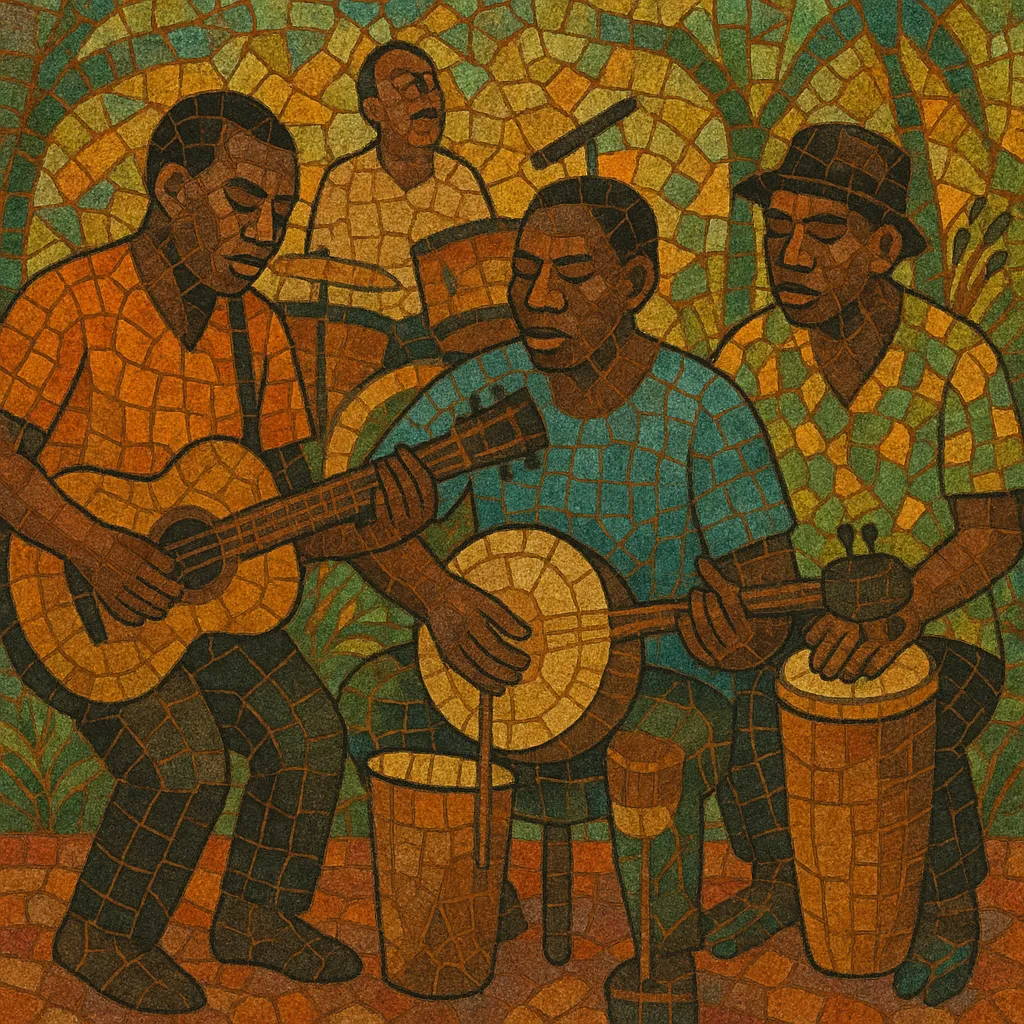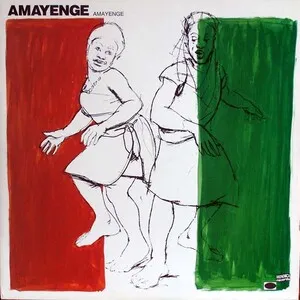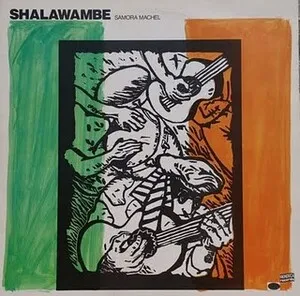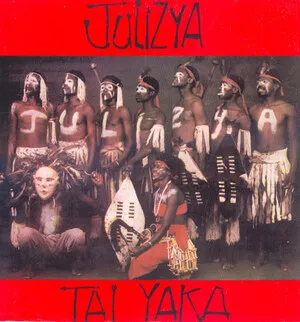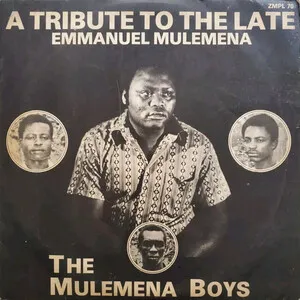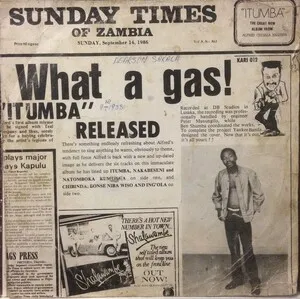Kalindula is a popular Zambian dance music style characterized by interlocking guitar lines, a buoyant polyrhythmic groove, and call‑and‑response vocals. It often features a prominent, melodic bass—historically sometimes built from locally crafted instruments—locking tightly with light drum‑kit patterns, hand percussion, and shakers.
The music draws on traditional Zambian rhythms and song forms while absorbing elements from Congolese rumba and soukous. Lyrics commonly address everyday life, morality, humor, and social issues, and are frequently sung in Bemba, Nyanja, Tonga, Lozi, and other Zambian languages. Kalindula is widely heard at weddings, community events, and kitchen parties, where its uplifting, dance‑forward feel shines.
Kalindula emerged in Zambia in the 1970s as bands modernized local dance rhythms using electric guitars, bass, and drum kits. Musicians adapted regional folk grooves and call‑and‑response singing into a modern band format, while the widespread popularity of Congolese rumba and later soukous across Central and Southern Africa shaped guitar voicings and the flowing, cyclical feel.
Through the 1980s and 1990s, kalindula bands flourished on radio, at agricultural shows, and in community celebrations. Ensembles refined a signature sound: bright, interwoven lead guitars, a nimble, singing bass line, tight snare/hi‑hat patterns, and layered hand percussion. The music’s accessibility and strong dance pull made it a staple at weddings and kitchen parties. Iconic groups like Amayenge helped popularize regionally specific rhythms and languages within a national sound.
While newer Zambian pop and urban styles have grown, kalindula remains a vibrant live tradition and continues to influence contemporary acts. Some artists blend kalindula grooves with modern production or crossover genres (pop, gospel, or Afro‑fusion), keeping the core—danceable polyrhythms, melodic bass, and communal vocals—intact. Festivals, cultural programs, and community events sustain the style’s intergenerational appeal.

